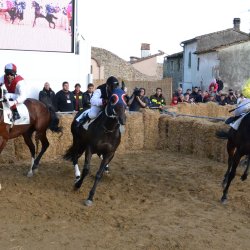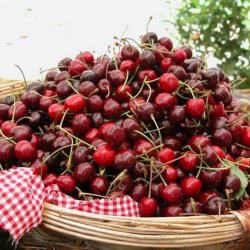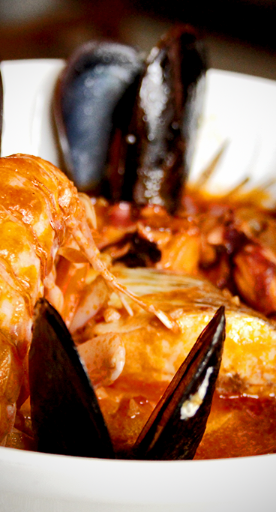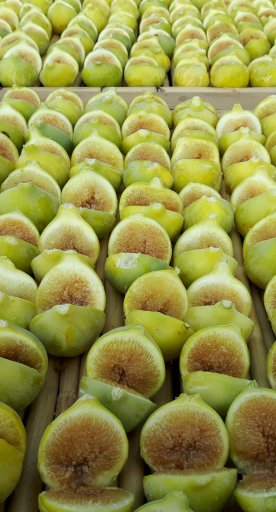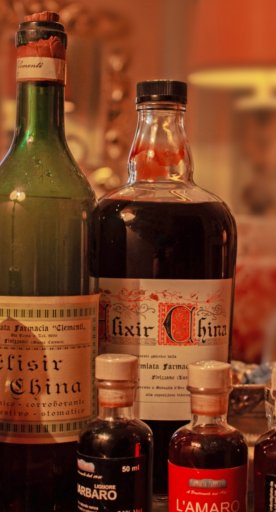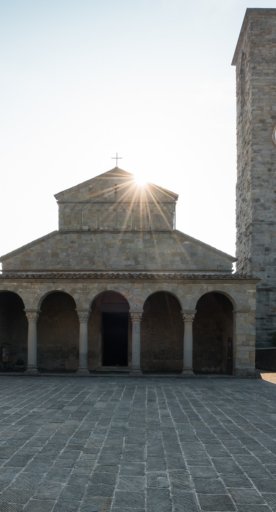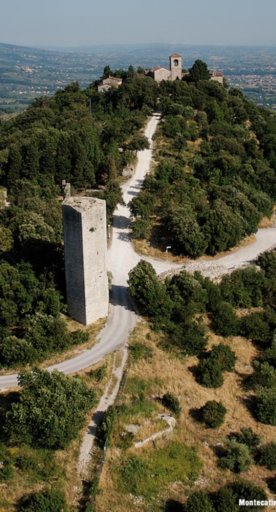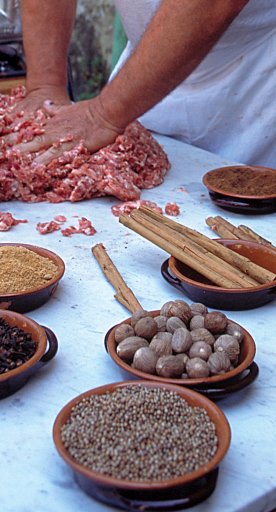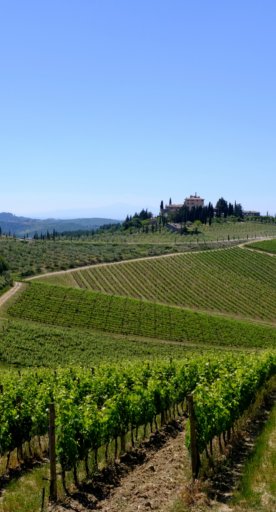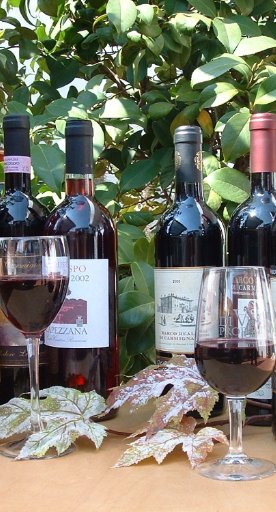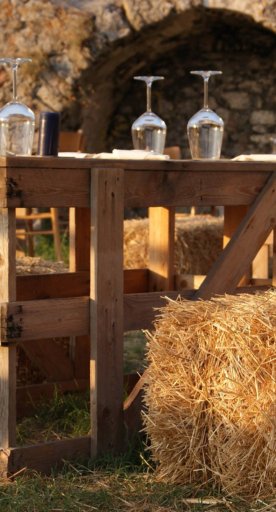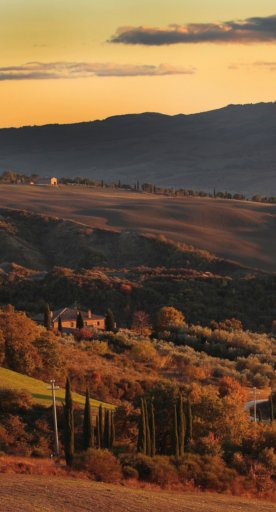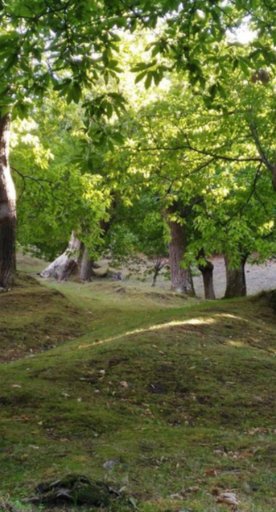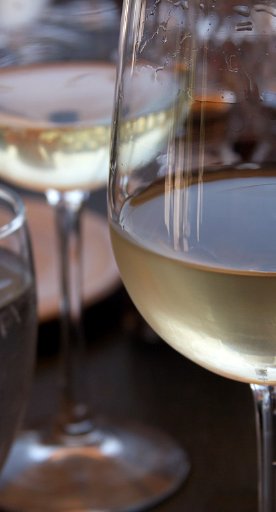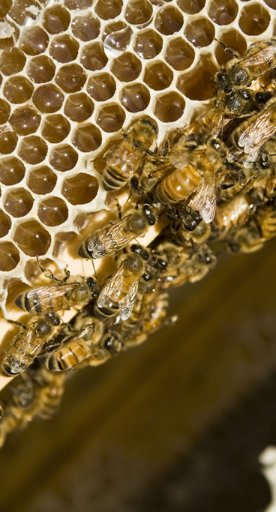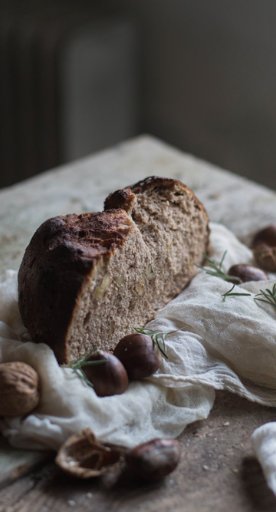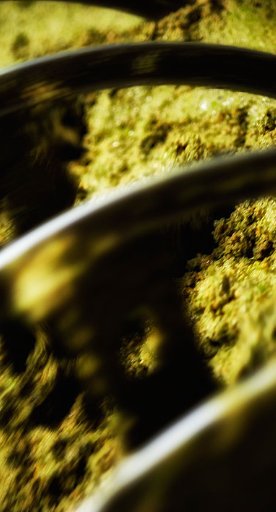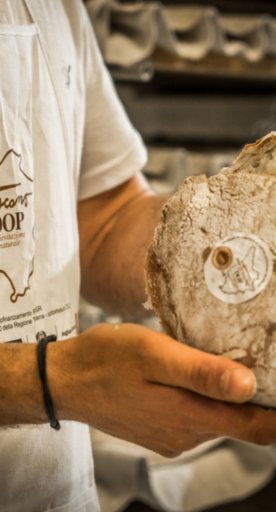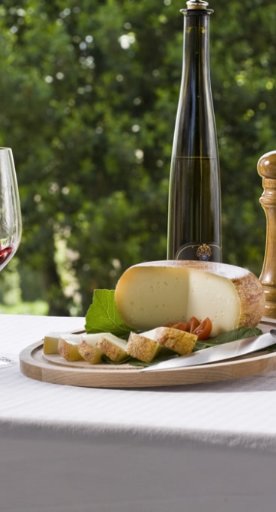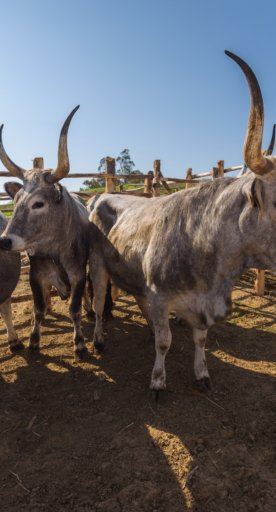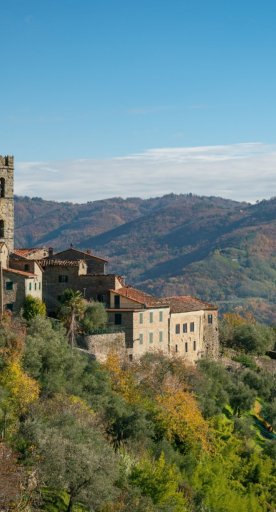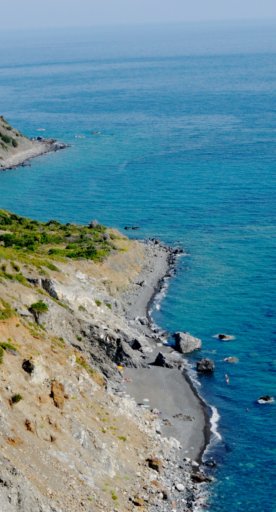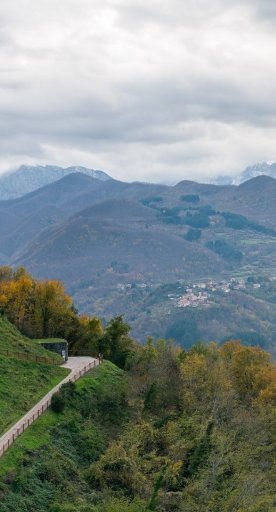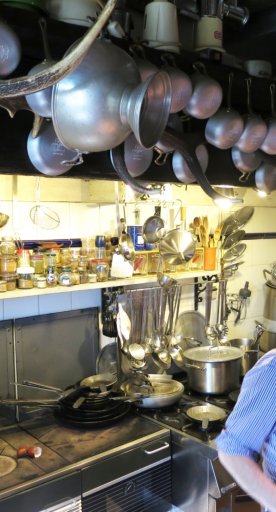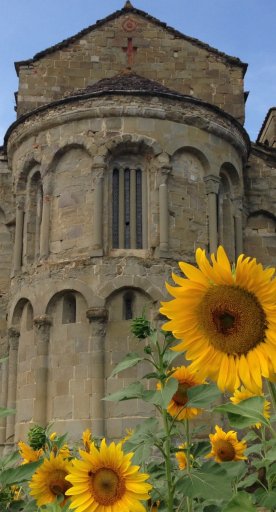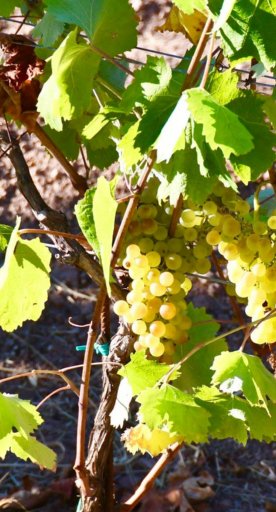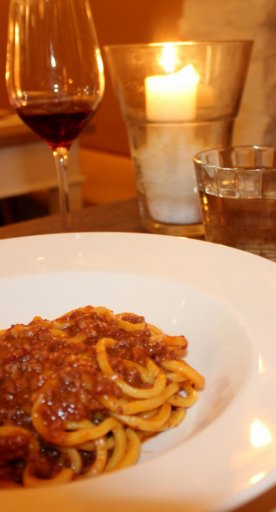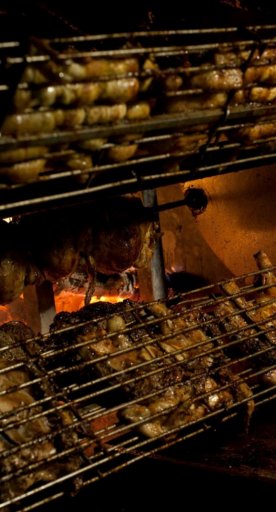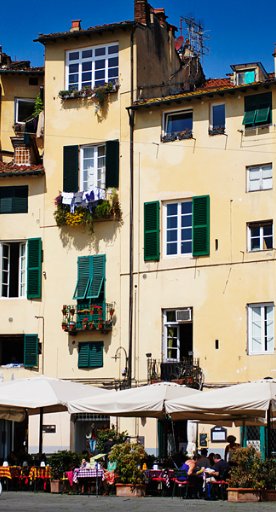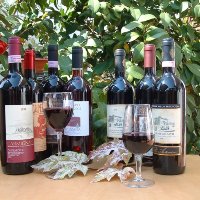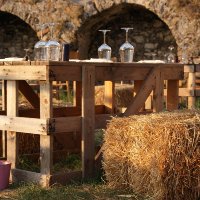Christmas in the kitchen: traditional Tuscan desserts
From Panforte to Befanini—treats to savor during the holidays in Tuscany
Throughout the holiday season, the most enchanted time of the year, comes the desire to transform the home into a warm and cozy place, illuminated by twinkling lights and enveloped in spiced scents. Every corner is filled with decorations, while festive melodies embellish the air. But to make the atmosphere truly magical, there is nothing better than gathering in the kitchen and making a traditional Tuscan dessert together. Kneading, scenting the air with citrus aromas and spices, waiting for the heat of the oven to spread its fragrance ... little gestures that transform the preparation of a sweet into time spent together and into something magical.
-
1.Ricciarelli
-
2.Panforte
-
3.Cavallucci
-
4.Copate from Siena
-
5.Befanini
Ricciarelli
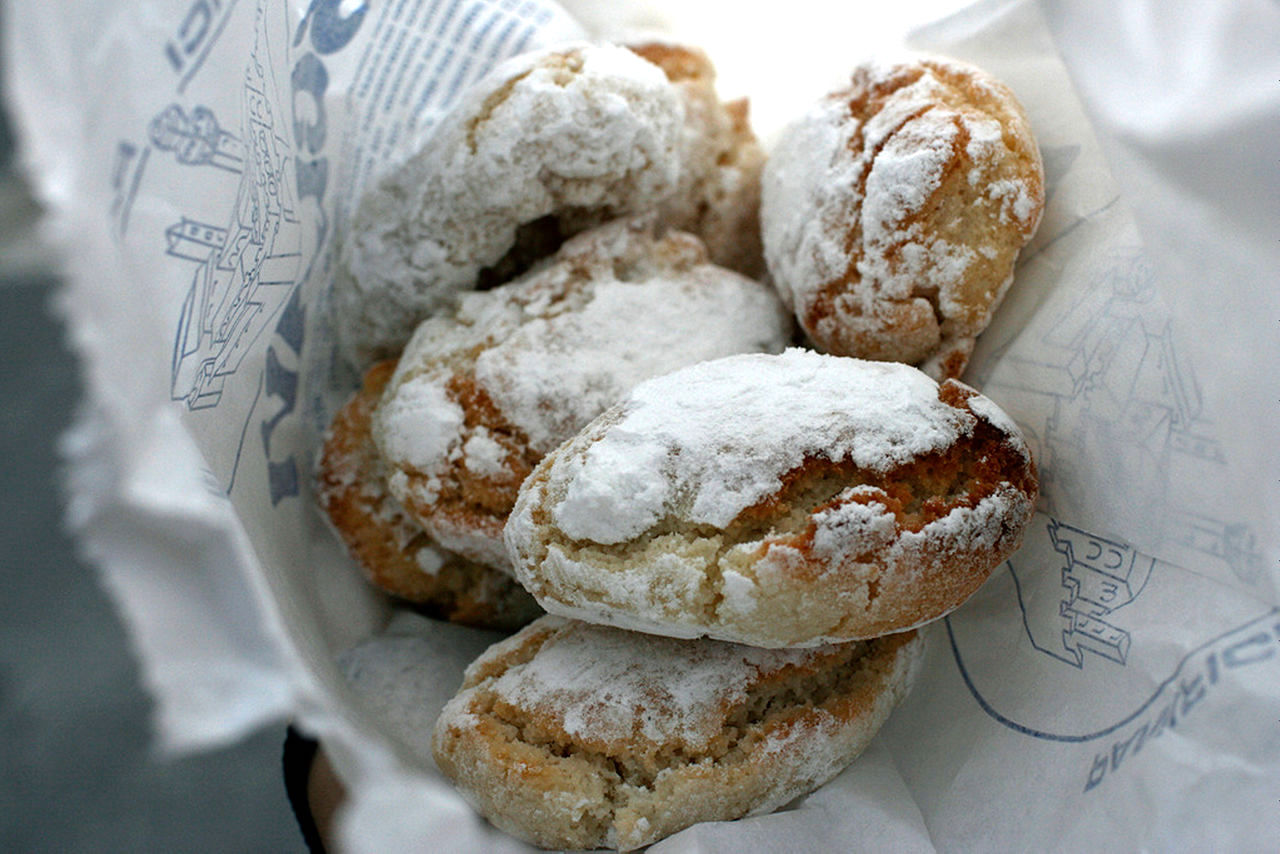
Ricciarelli from Siena are the ultimate Christmas dessert, with a soft texture and intense almond aroma, covered with a light dusting of powdered sugar.
Their origin is shrouded in legend. Indeed, it is said that they were introduced to Tuscany by the knight Ricciardetto Della Gherardesca on his return from the Crusades.
These treats, somewhere between a pastry and a cookie, are made with a dough of almonds, sugar and egg whites, following an artisanal process that requires a patience that is rewarded with an extraordinary result.
Perfect to accompany sweet wine such as Vin Santo, they are a symbol of Sienese tradition and a must-have treat during the holidays.
Panforte
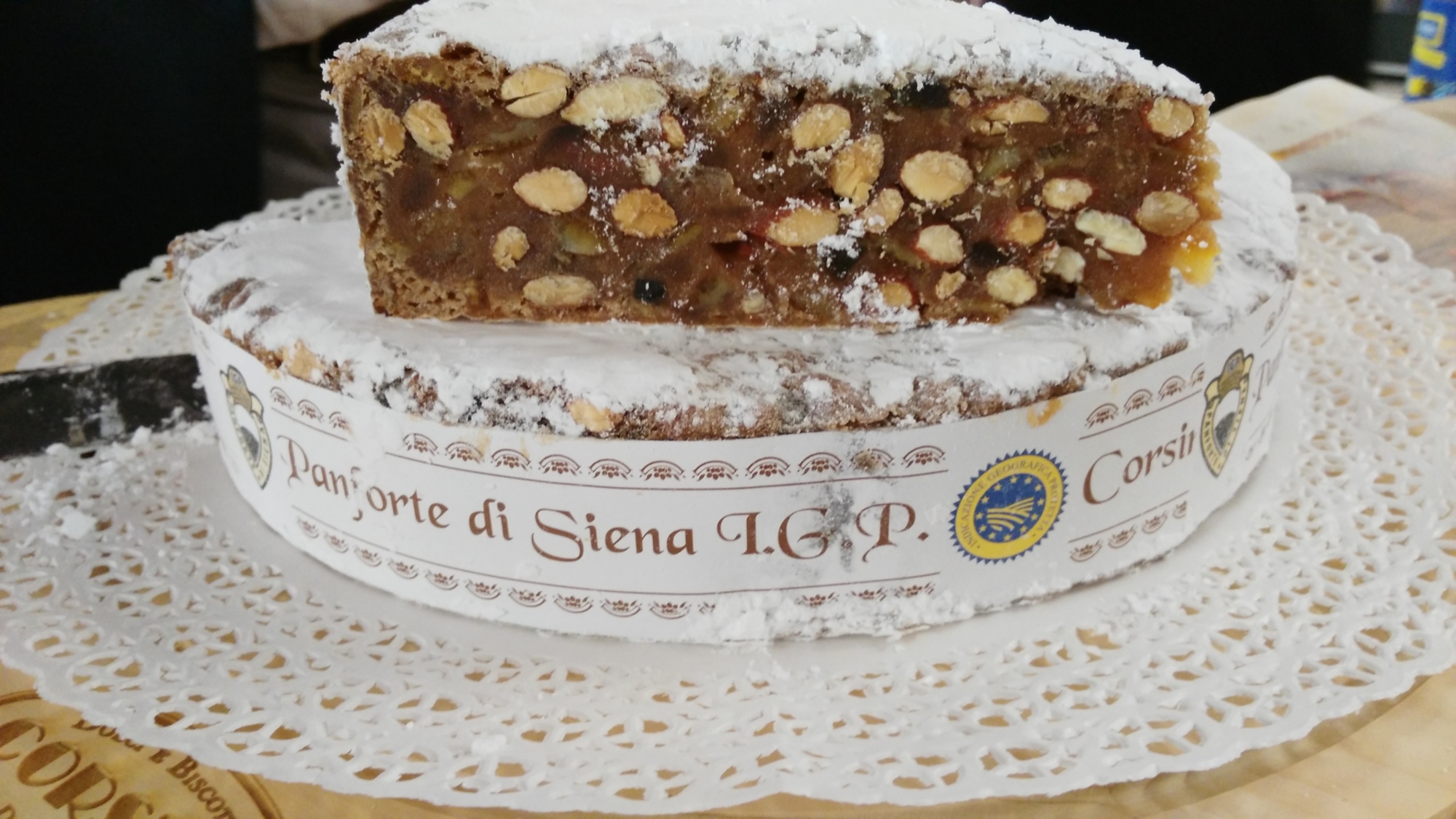
Yet another typical holiday treat comes from Siena, with a history dating back as far as the year 1000.
Honey, spices, candied fruit and dried fruit form the basis of the recipe for Panforte, a sweet with a doughy texture and a sweet flavor that leaves a delightful aftertaste of candied fruit and almonds.
Its origins date back to 1205, when chronicles mention this delight as a gift intended for the nuns of the Montecelso Abbey.
This sweet began as bread enriched with honey and pepper then evolved to become a specialty, served at aristocratic tables on the most important occasions.
In the 19ᵗʰ century, Panforte di Siena achieved international fame, so much so that it was mentioned by Pellegrino Artusi in his famous cookbook.
In 1879, Panforte Margherita was developed as a more delicate version, with fewer spices and a coating of powdered sugar, created in honor of the Queen of Italy.
Today, Panforte continues to be a staple of the holiday season yet can be found year-round in Siena’s pâtisseries and bakeries, keeping its centuries-old tradition alive.
Cavallucci

Still in Siena, we have Cavallucci, ancient sweets already popular at the time of Lorenzo the Magnificent.
Their name—translating to “little horses”—comes from the custom of travelers arriving on horseback who would eat these sweets in country inns, where they were offered as a hearty, calorific treat.
Their dough is rich in spices and nuts, distinguished by the absence of eggs, hence their distinctive texture.
Perfect to enjoy as is, they also pair beautifully with sweet or fortified wines, enhancing their intense spiced flavor. Today these cookies keep alive a very old tradition, with each bite encapsulating a piece of Siena’s history.
Copate from Siena

Copate from Siena constitute one of the least known of the Christmas confectionary products, yet they are truly delicious. Also known as “Cupata” (from the Arabic “qubbiat” for almond), the Copata is a very old and small round Tuscan sweet and yet another specialty from the Siena area.
They were said to be prepared only in the finest bakeries to be served to nobles and popes.
Light or dark (due to the addition of chocolate), this crunchy sweet is prepared with honey, walnuts and aniseed enclosed between two delicate wafers.
Befanini
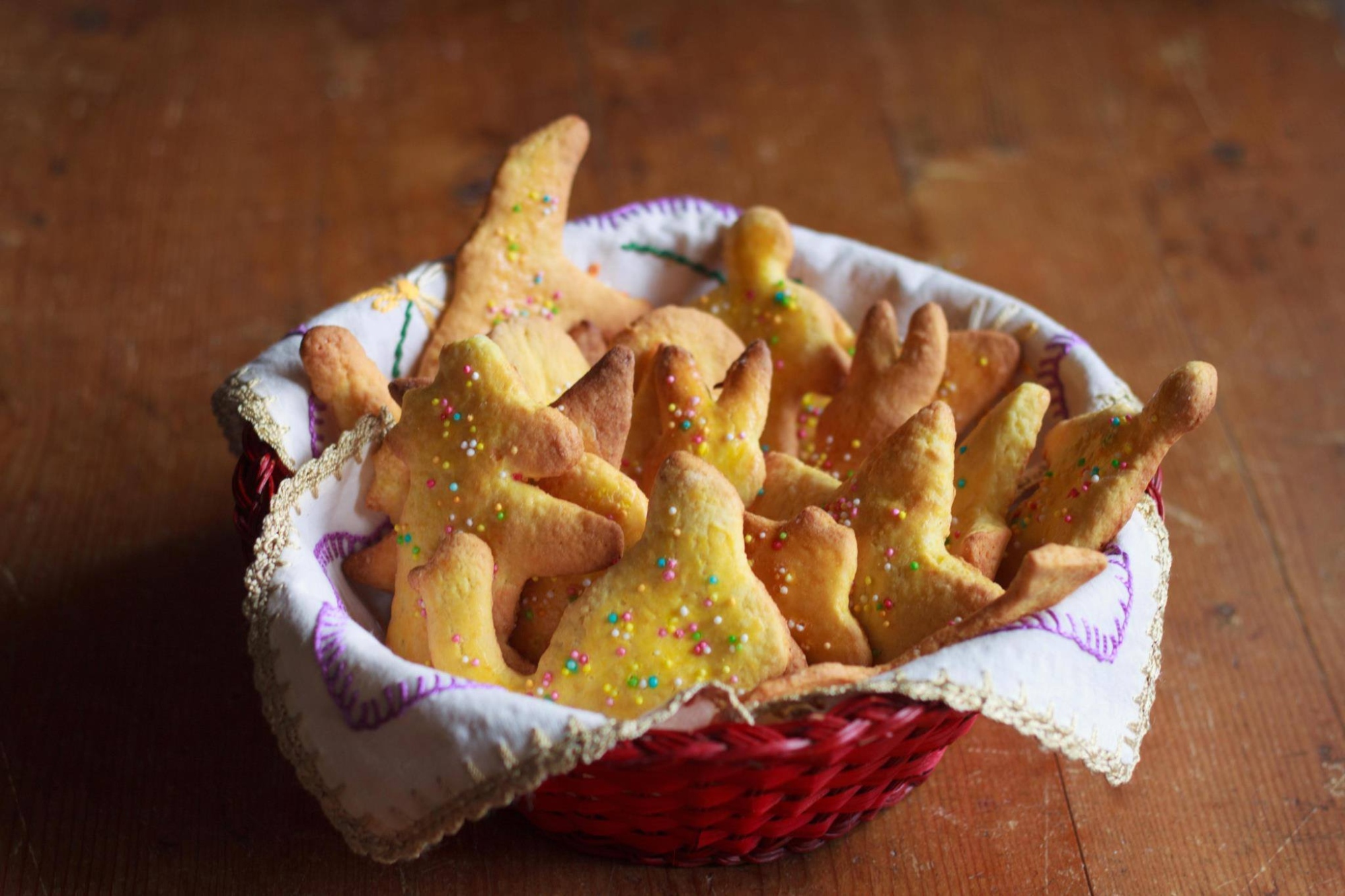
Befanini are the typical cookies enjoyed around the feast of the Epiphany, particularly popular in Lucchesia, Versilia and Garfagnana areas, yet appreciated all throughout Tuscany.
Their name recalls La Befana, the beloved folklore figure who fills children’s stockings with sweets and small gifts on the night between January 5–6.
These fragrant cookies are made with a dough enriched with citrus zest and vanilla, rendered even more cheerful by being decorated with colored sprinkles. Their preparation involves the family coming together to take part. Even the younger ones have fun shaping the treats using molds of various shapes then decorating them with colored sprinkles. Befanini are traditionally served as a snack, with a cup of tea or hot chocolate, yet they also pair perfectly with a glass of Vin Santo.






